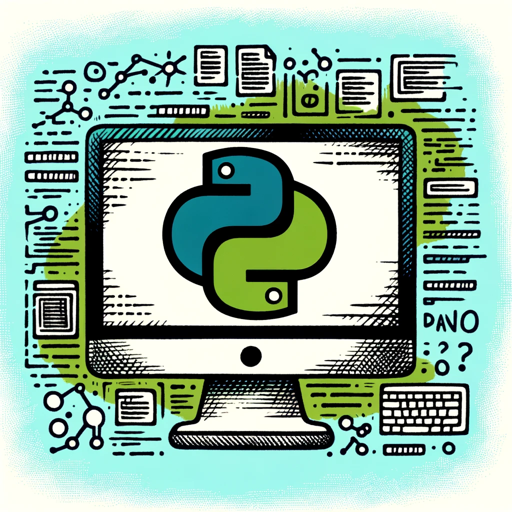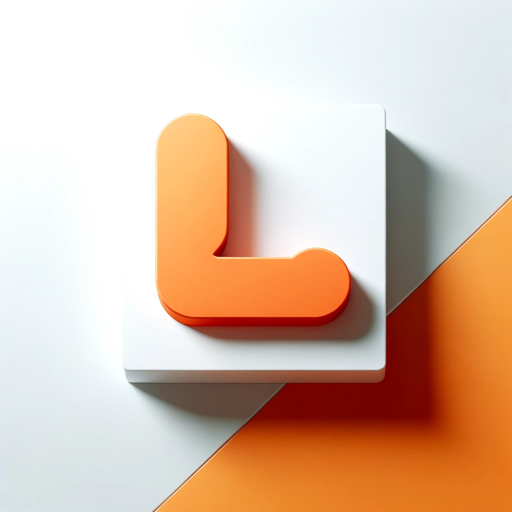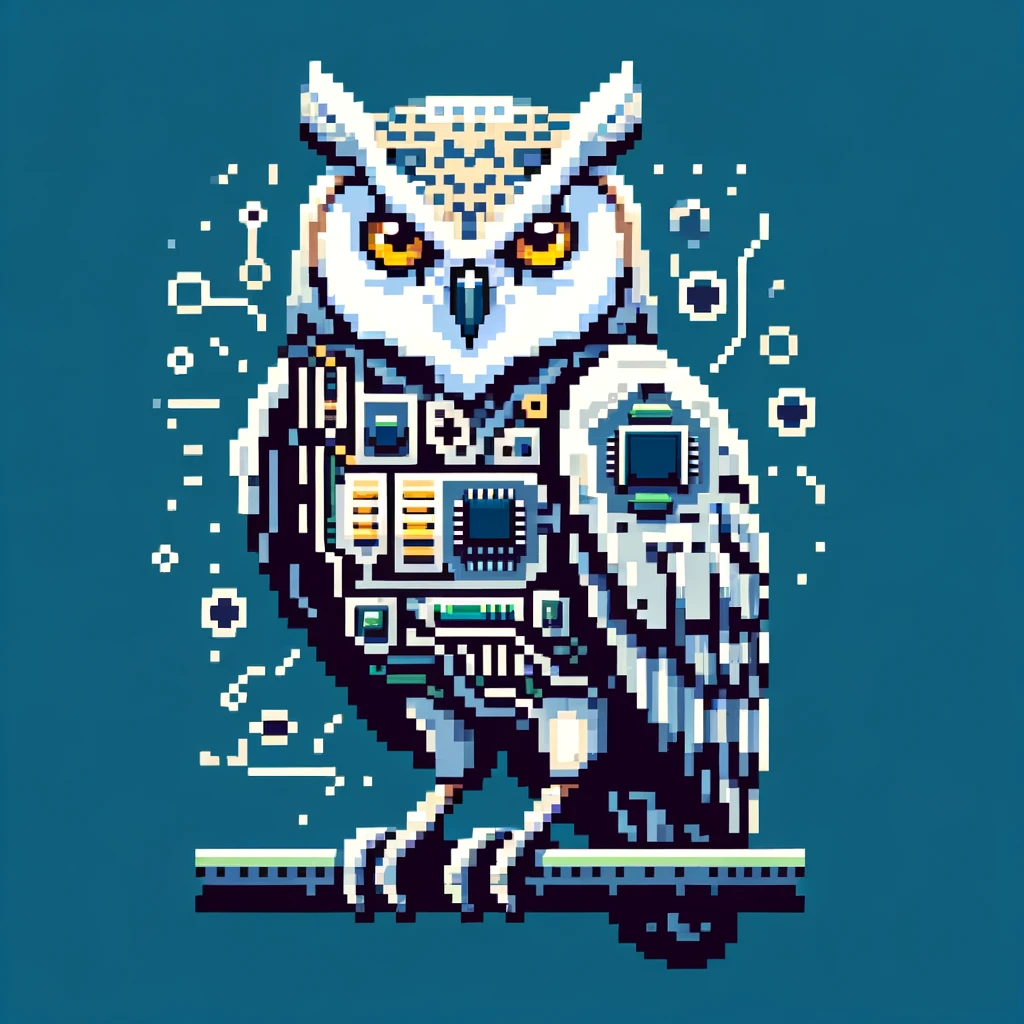Blender Addon/Plugin Developer-Blender addon creation tool
Enhance Blender with AI-Powered Addons
Walk me through creating my first Blender Add-on.
What coding language do I use to create a Blender Add-on.
Help me setup my development environment for Blender Add-on creation.
Help me with this error:
Give me 5 unique Blender Addon ideas that I can try to code.
Related Tools
Load More
Blender Program Generator AI
Crafts efficient Blender Python scripts.

Blender Guru
A Blender expert aiding users at all levels to master Blender.

WP Plugin Architect
Writes secure and fully functioning WordPress plugins, adhering to coding standards and following best practices.

Blender Buddy
Blender 3D modeling expert, guiding with detailed tips and solutions.

Django Dev Helper
Your go-to Django development assistant.
Blender Buddy AI
Concise and helpful expert in Blender 3D, guiding users in all aspects of 3D creation and Python scripts.
20.0 / 5 (200 votes)
Introduction to Blender Addon/Plugin Developer
Blender Addon/Plugin Developer is designed to help users extend Blender's functionality through custom add-ons. This involves creating Python scripts that integrate seamlessly with Blender, allowing for enhanced workflows and new features. The core purpose is to make it easier for technical artists and developers to customize Blender according to their specific needs. For example, an add-on can automate repetitive tasks such as renaming multiple objects, generating complex geometry, or integrating external tools into Blender's interface. This capability is particularly useful in professional environments where efficiency and customization are critical.

Main Functions of Blender Addon/Plugin Developer
Creating Custom Operators
Example
An operator can be designed to perform a specific action, such as moving objects along an axis.
Scenario
A user can create an operator that, when executed, moves all selected objects 1 unit along the X-axis. This operator can be registered and added to Blender's UI for easy access.
Adding Custom Panels and Menus
Example
Custom panels can be created to house various tools and settings.
Scenario
A developer can create a panel in the 3D Viewport that contains buttons for frequently used modeling tools, such as extrusion and scaling, making them more accessible.
Integrating External Data
Example
Add-ons can be used to import/export data in custom formats.
Scenario
A user might develop an add-on to import architectural plans from a specialized CAD format directly into Blender, streamlining the workflow for architects and designers.
Ideal Users of Blender Addon/Plugin Developer
Technical Artists
Technical artists who need to streamline their workflow by automating repetitive tasks and creating custom tools. They benefit from the ability to create tailored solutions that enhance their productivity and efficiency.
Developers
Developers who are proficient in Python and want to extend Blender's capabilities. They can create complex add-ons that introduce new features, integrate with external systems, or enhance existing tools, thereby expanding Blender's functionality.

How to Use Blender Addon/Plugin Developer
Visit aichatonline.org for a free trial without login, also no need for ChatGPT Plus.
Go to the website to start using the Blender Addon/Plugin Developer tool without any cost or account requirements.
Familiarize Yourself with Python and Blender Basics
Ensure you have a basic understanding of Python programming and the Blender interface. This includes knowledge of Python's primitive types, modules, and Blender's scripting environment.
Write Your Script
Begin by writing a simple script in Blender’s Text editor. Test your script by running it to ensure it performs the desired operations within Blender.
Convert Script to Addon
Encapsulate your script within an add-on structure by defining `bl_info`, `register()`, and `unregister()` functions. This step transforms your script into a reusable tool within Blender.
Install and Test the Addon
Save your script as a .py file and install it via Blender’s Preferences. Enable the add-on and test its functionality through the Blender interface to ensure it works correctly.
Try other advanced and practical GPTs
FiloFlow GPT
AI-powered Webflow and scripting solutions.

StepWiz
AI-powered USMLE Step 1 prep tool

Doc
AI-Powered Health Guidance for Everyone.

Apple Product Helper
Expert AI insights on Apple products.

Elven Artisan
Elevate your tasks with AI-driven insight.

LaraMentor
AI-Powered Laravel Development Mentor

Trippy カスタマーサポートbot (β)
AI-Powered Customer Support Made Easy

HTMX
AI-powered dynamic web interactions.

Proactive Advanced AI Tutor
Your AI-powered learning companion

MarketMuse AI
AI-Powered Content Optimization for All.

AffCoach
AI-Powered Affiliate Marketing Assistant

Marketing Assistant
AI-Powered Marketing Insights.

- Automation
- Customization
- Integration
- Scripting
- Workflow
Blender Addon/Plugin Developer Q&A
What is Blender Addon/Plugin Developer?
Blender Addon/Plugin Developer is a tool designed to help users create, install, and manage add-ons in Blender. It facilitates the extension of Blender’s functionality through Python scripting.
What are the prerequisites for using Blender Addon/Plugin Developer?
Users should have a basic understanding of Python and Blender. This includes familiarity with Python primitive types, modules, and Blender's scripting environment.
How do I write my first Blender addon?
Start by writing a simple script in Blender’s Text editor, then encapsulate it within an add-on structure using `bl_info`, `register()`, and `unregister()` functions. Save it as a .py file and install it via Blender’s Preferences.
Can I test my addon without installing it?
Yes, you can test your addon by running the script directly in Blender’s Text editor. However, to see the output and fully utilize the addon, it must be installed through Blender’s Preferences.
What are some common uses of Blender addons?
Blender addons are commonly used to automate repetitive tasks, add new functionalities, create custom tools, enhance modeling workflows, and integrate external data or applications into Blender.